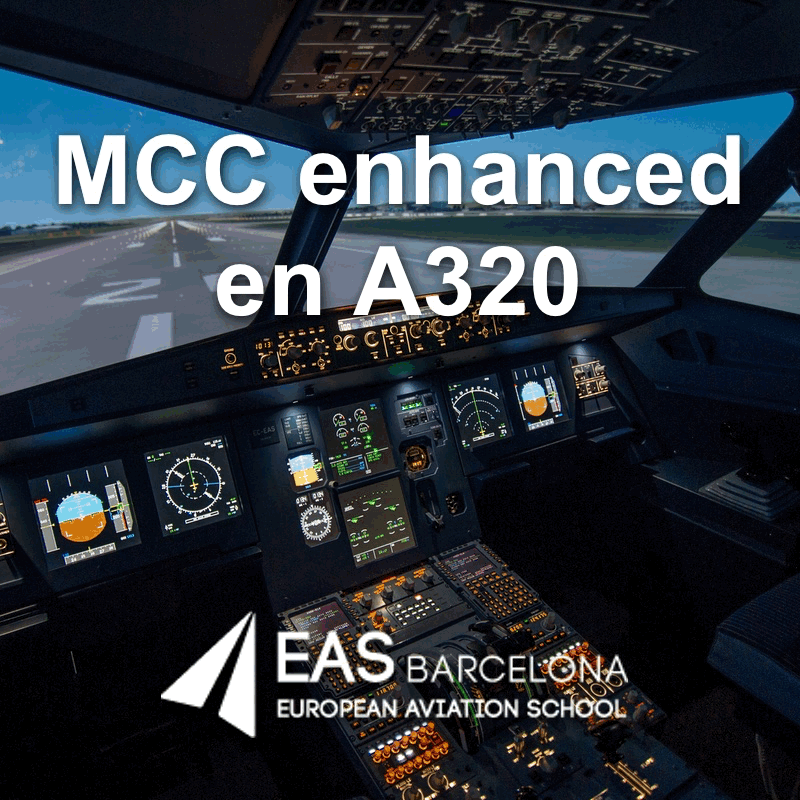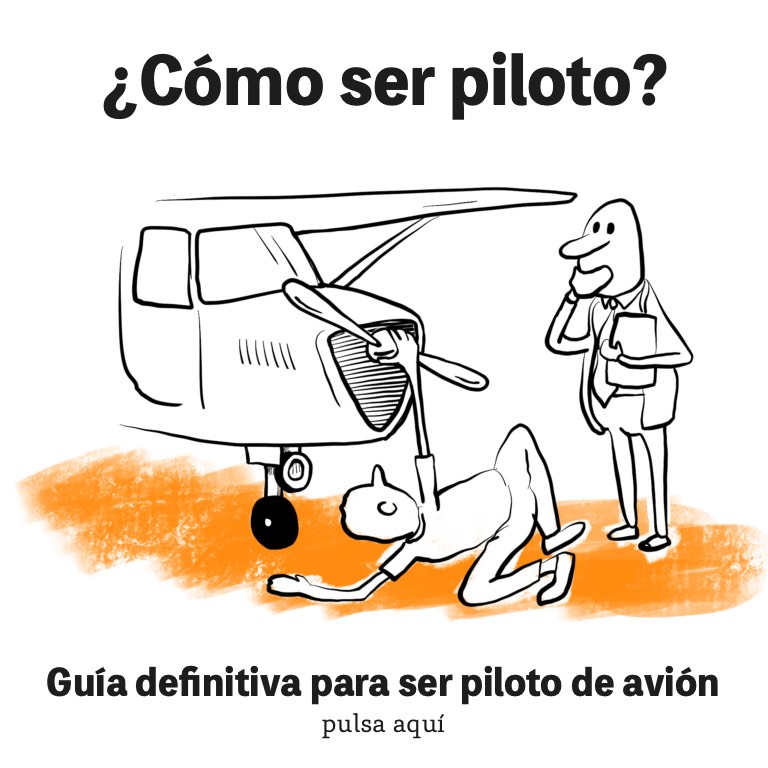Airbus 320 aircraft mix computing with glass cockpit. It looks that Type Rating course are more focused on how to manage the technology than to teach aircraft flying.
Pilot against the machine is considered as primary tendency in the operation of this aircraft, when from my point of view the pilot and the aircraft should be more considered as a couple. In any other aircraft the pilot knows at any time the aircraft movements and tendency, but in Airbus aircraft crews are just trained to manage aircraft malfunctions without even knowing how the airplane flies and how it reacts to our inputs. The main reason for that is the minimum simulator time scheduled for any Type Rating course, minimum line flying under supervision and the also minimum time scheduled for recurrent couses. The Airbus FBW is a new concept of flying technique and is completely different than any technique tought at flying schools. Low time pilots have access to a new type rating that requires a solid background and experience, and they don’t receive any additional training to compensate that issue.
It’s true that Airbus software FBW protections have helped to reduce accident ratio, but they have also caused some. Not just cause some because of itself, but because of the improper training and low flight experience of the crews. Low time pilots operate the Airbus family as if it was a computer because they have been trained to do so, but we don’t have to forget we are flying an airplane and we almost always have the chance to gain manual control of it bypassing the computers. It is common to use 99% of a new pilot training time in automation training because of the complexity of this aircraft. It could work in the case of high experience pilots, but most of the crews jumping into this cockpits in new airlines are low flight time pilots. It’s becoming more common to find crewmembers considered high experienced whose only experience flying jets has been in the Airbus. How often have they flown an airplane without fly by wire assistance? Since when have they flown trimming by themselves the airplane? Do they rely 100% on the airplane and it’s software?
Every pilot creates its own barriers against mistakes and airplane failures, but what if for your entire carieer a computer has done it for you? Training is more focused in normal and abnormal operation, but it doesn’t take into account basic airplane handling and decision making other than deviations to alternate. Everything is supposed to be written. There is no airmanship in many crews flying computerized airplanes and that is dangerous.
We cannot rely on those systems and believe the airplane is safe because of the low accident ratio of the airplane. Aviation Safety looks for an accident ratio of ZERO and not for less than a percentage. I find funny that one of the airplanes with less fatal victims in its history (Embraer 135/145) is a modern design but keeping handling under the pilots control.
There is no way on changing the industry evolution, but there is a lot to do to gain the highest standards in safety by improving training on the crews that are flying modern airplane. Economical benefits from Fly by wire don’t have to be taken also into training, as this is the only way we could guarantee a pilot will perform its best when facing an emergency or abnormality.








 webmaster
webmaster  27/09/2012
27/09/2012 
